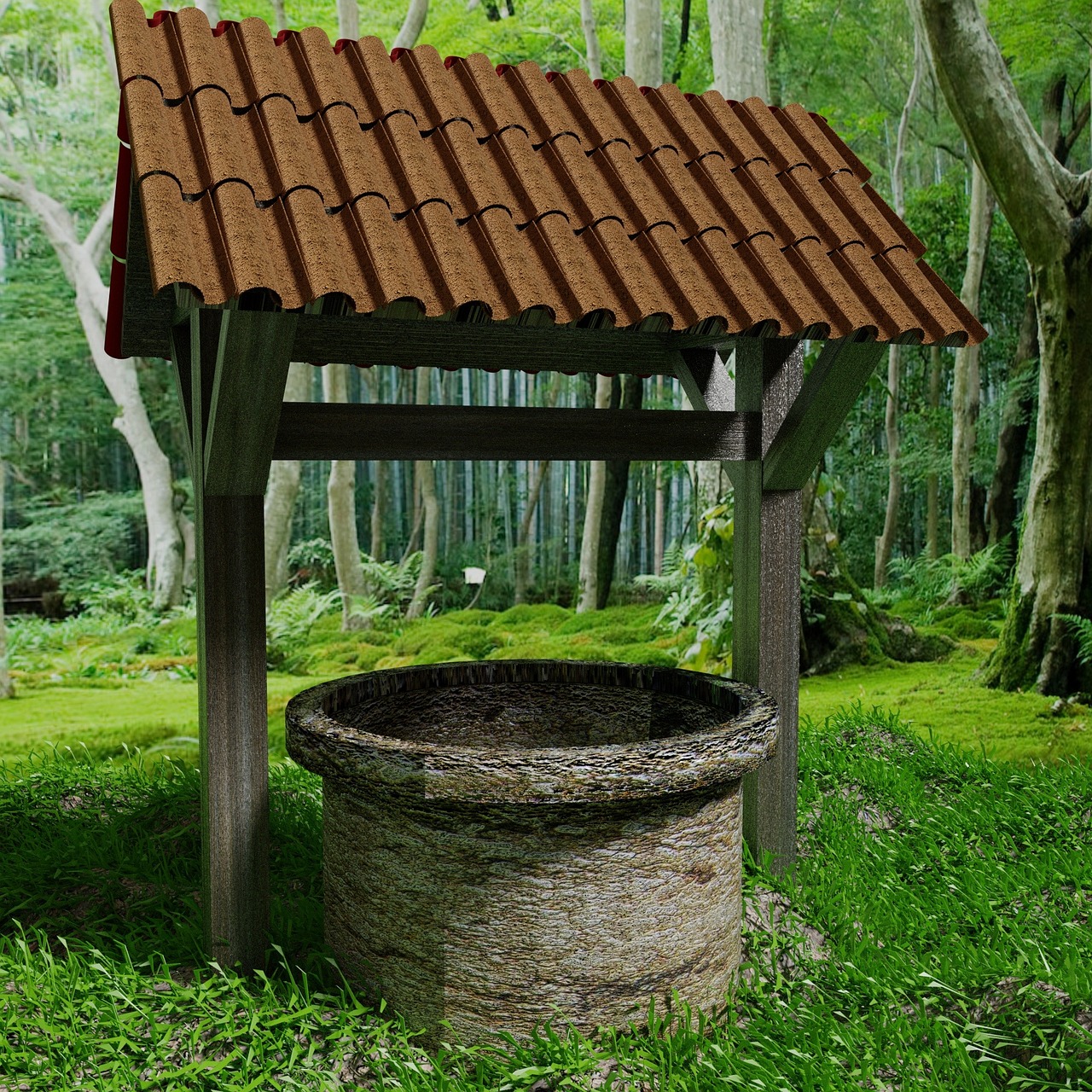The key passage regarding the Celtic deities of Gaul can be found in Julius Caesar’s Commentarii de bello Gallico (52–51 BC), where he mentions five principal gods, detailing their respective roles. Among these, Mercury is depicted as the most revered, honored through various representations. He is acknowledged as the originator of arts, the guardian of travelers and traders, and a potent figure in commerce. Following Mercury, the Gauls venerated Apollo, Mars, Jupiter, and Minerva, associating them with familiar functions recognized by other cultures: Apollo is seen as a healer, Minerva as a promoter of crafts, Jupiter as the ruler of the skies, and Mars as the god of warfare.
Caesar’s Roman perspective complicates direct comparisons of these deities with their native counterparts, as he uses Roman nomenclature rather than local names, which obscures the identification of Gallic figures with those in other literary sources. His structured portrayal of god and function diverges from the more intricate narratives found in regional accounts. Notably, Caesar’s observations and the visual representations from the Roman period emerged during a significant cultural shift in Gaul, suggesting that the religious practices of that time may not have been as clearly defined as those of the druids during the height of Gallic autonomy. While many of the several hundred Celtic names recorded in Gaul are rarely repeated, some scholars argue that this illustrates the local and tribal nature of Celtic deities rather than a cohesive national pantheon. Alternatively, the variety of names might represent numerous attributes assigned to major deities, challenging the idea of a merely localized pantheon given that certain deities were widely recognized across Celtic territories.
According to Caesar, Mercury held the highest honor among the Gauls, a claim supported by abundant archaeological evidence. Although his specific Celtic name remains unstated, it is suggested through place names such as Lugudunon, meaning “the dwelling of the god Lugus,” from which modern cities like Lyon, Laon, and Loudun derive. The Irish and Welsh variations, Lugh and Lleu, align with the attributes associated with Lugus, especially as Caesar refers to him as “the inventor of all the arts,” paralleling Lugh’s title as “possessed of many talents.” The Irish tale The Battle of Magh Tuiredh exemplifies Lugh’s mastery of various crafts, with contemporary inscriptions from Spain and Switzerland also honoring him, sometimes indicating a triadic interpretation of the deity. In Irish lore, Lugh achieves victory over the monstrous Balor, symbolizing divine kingship and embodying the idea of a ruler who oversees vast territories. His autumnal festival, Lughnasadh, celebrated the earth and fertility, linking him with other goddesses of abundance.
Mars’s representation highlights the complexities of identifying Roman and Celtic deities. Lucan’s Bellum civile references sacrifices to the Celtic gods Teutates, Esus, and Taranis, causing some ambiguity in their identification. This confusion arises from the fluid nature of Celtic deities, where Mercury may embody sovereignty while Mars serves as a tribal guardian, leading to interchangeable associations.
The identification challenge intensifies with the Gaelic Apollo; differentiations among his numerous epithets indicate that some may pertain to distinct gods. Belenus, signaling a solar aspect, supports a connection with the Greco-Roman Apollo, while other epithets like Grannus and Borvo, tied to thermal springs and healing, reinforce a long-standing tradition of health-related worship within Celtic culture. Maponos, translating to “Divine Son,” appears frequently in different forms across Celtic narratives, indicating a consistent theme of youthful divinity.
Additionally, Minerva sees her dedications throughout Britain and across Celtic provinces, with connections made to the goddess Sulis in Bath, signifying her ties to natural springs and the nurturing roles common to mother deities. The Irish goddess Brighid evokes parallel characteristics, advocating for healing, craftsmanship, and the arts, linking her to ancient mother-goddess worship.
Further, the Gaulish Sucellos represents another facet of the divine landscape, often illustrated with a mallet, symbolizing abundance and fertility in partnership with his female counterpart, Nantosvelta. This relationship echoes the broader trend of a male deity coupled with a goddess to symbolize fertility, an essential aspect of Celtic belief systems.
The Role of Goddesses
The rich tradition of representing male deities alongside female consorts reveals the intricacy of Celtic religious practices. This reflects the importance of both protective gods and fertility goddesses in safeguarding the land’s richness. The goddesses often embody multifaceted traits—sometimes depicted as youthful and alluring, and at other times as distressed when disconnected from their divine partners. They may encompass war aspects or personify rivers, characterized by names such as Sequana and Matrona, demonstrating a deep connection to persistent life-giving elements.
Welsh and Irish traditions illustrate a divine triad composed of mother, father, and son archetypes, present in various forms across cultures, highlighting the universal themes in ancestral worship. This trinity appears in names such as Modron, Rhiannon, and Boann for the goddess; Sucellos, Dagda, and Teyrnon for the father figure; and Mabon and Oenghus for the son.
Animal Imagery in Religion
Celtic iconography is also saturated with zoomorphic representations, where gods resonate with animal symbols, reflecting their characteristics. Cernunnos, primarily touching on themes of animal husbandry, echoes sacred identifiers found in Eastern traditions, while the divine bulls like Donn Cuailnge and Tarvos Trigaranus feature in pivotal narratives. Inside the Gundestrup Cauldron, Cernunnos appears depicted alongside other significant beasts, underscoring the interconnectedness between deities and the natural world, while further emphasizing the importance of horses and other animals in Celtic religious contexts. Epona, representing the essence of the horse, was a critical figure, embraced not only by the Celts but also adopted by the Romans, creating a spanning religious tradition across Europe.
In summary, the interlinking narratives and associations among the Celtic gods and goddesses reveal a complex tapestry of beliefs and artifacts, showcasing their significant influence in both historical and contemporary cultures.



